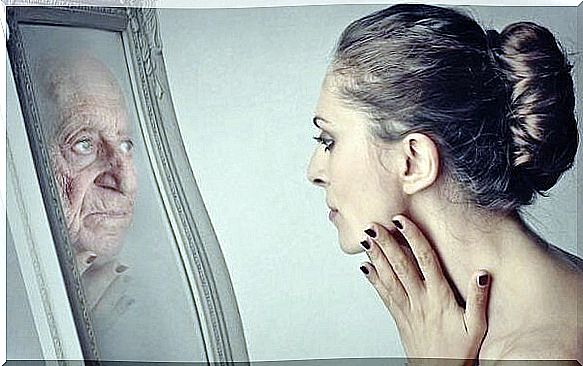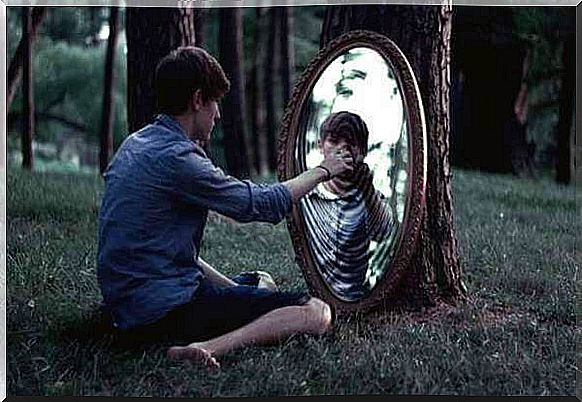Dorian Gray Syndrome

Dorian Gray syndrome is a set of symptoms very specific to our current society. It refers to resistance to aging and the extreme fear of deformation of the body with the passage of the years. This type of resistance is considered pathological since it generates a series of negative effects on behavior.
The name of this syndrome comes from the famous novel The Portrait of Dorian Gray by Oscar Wilde. In this novel, we evoke the story of a man who wishes to reach eternal youth. The circumstances combine so that the portrait is his own, and not that of a person who suffers from the process associated with old age.
Vanity and the physical aspect have reached unprecedented importance in today’s world. It is for this very reason that Dorian Gray syndrome emerged; as a manifestation of this cult of the body which marks our time so much. Today, that has turned into a real problem bordering on the limits of pathology.
Description of Dorian Gray syndrome
Dorian Gray syndrome was first described in the 2000s by psychiatrist Brosig B, who wrote a text with precisely this name. He noticed an increase in the number of patients who arrived in consultation almost in a state of panic due to the onset of the aging process.

What is more serious is that those who suffer from Dorian Gray syndrome even end up adopting dangerous practices with the sole aim of preventing aging. Multiple surgeries, Botox overload, and similar activities are examples. We know that when there is a lack of control over this type of process, health is endangered.
It is important to note that people with Dorian Gray syndrome not only wish to retain a youthful external appearance, they also deny the advancement of their emotional maturation process. They wish to continue to look at life as if they were 18 years old. In fact, they continue to behave like teenagers.
Characteristics of affected people
There is still no standardization regarding the traits characterizing individuals with Dorian Gray syndrome. On the other hand, Brosig B succeeded in identifying certain characteristics which seem to be very representative of this difficulty.

Here are the main driving patterns followed by people with the disease:
- Fear of deformation. The technical name associated with this terror is dysmorphophobia.
- Absolute denial of acceptance of the process of physical and emotional maturation.
- Abuse in the use of processes allowing to modify the image.
- Consumption of pharmaceutical substances in order to delay aging processes or to increase functions which are gradually disappearing.
- Anxiety disorders.
- Personality disorders.
- Self-destructive behavior.
These types of people live almost constantly between delusion and frustration. They fantasize about the fact that a new treatment or process can allow them to regain their youth. When they realize that nothing exists yet to make this fantasy real, they feel frustrated, but they identify it as a failure of intervention and not as a failure of their perception.
A brief analysis of the syndrome
What is often hidden behind someone with Dorian Gray syndrome is someone terrified. The greatest fear is to feel rejected for not meeting the standards of beauty imposed by the environment. These people accept the fact that the shape of their body or their face are decisive factors in their life plan. Unfortunately, they are partly right. The development of superficiality is responsible for the fact that more and more companies use these variables as elements of acceptance or professional promotion.

On the other hand, although an environment can impose all types of perverse patterns, the individual has the possibility of responding to this attempt in different ways. Some will not let themselves be transformed into a thing. Others, on the other hand, such as those with Dorian Gray syndrome, will passively comply with these guidelines. Why ? Because they are endowed with a narcissistic emptiness. They devalue their esteem and they attribute an exaggerated power to social directives.
Basically what exists is a rejection of themselves. They fail to accept what they are, and what they return. They do not recognize the power they have over themselves and neither do they recognize the autonomy that exists in every human being. These people assume that they are defenseless. They defend themselves from the world by rejecting themselves personally. They reassert themselves by forcing themselves to be what others want them to be. It is from there that anxiety will become a permanent companion for them. It is in fact a complex situation which, to be overcome, requires psychotherapy.










